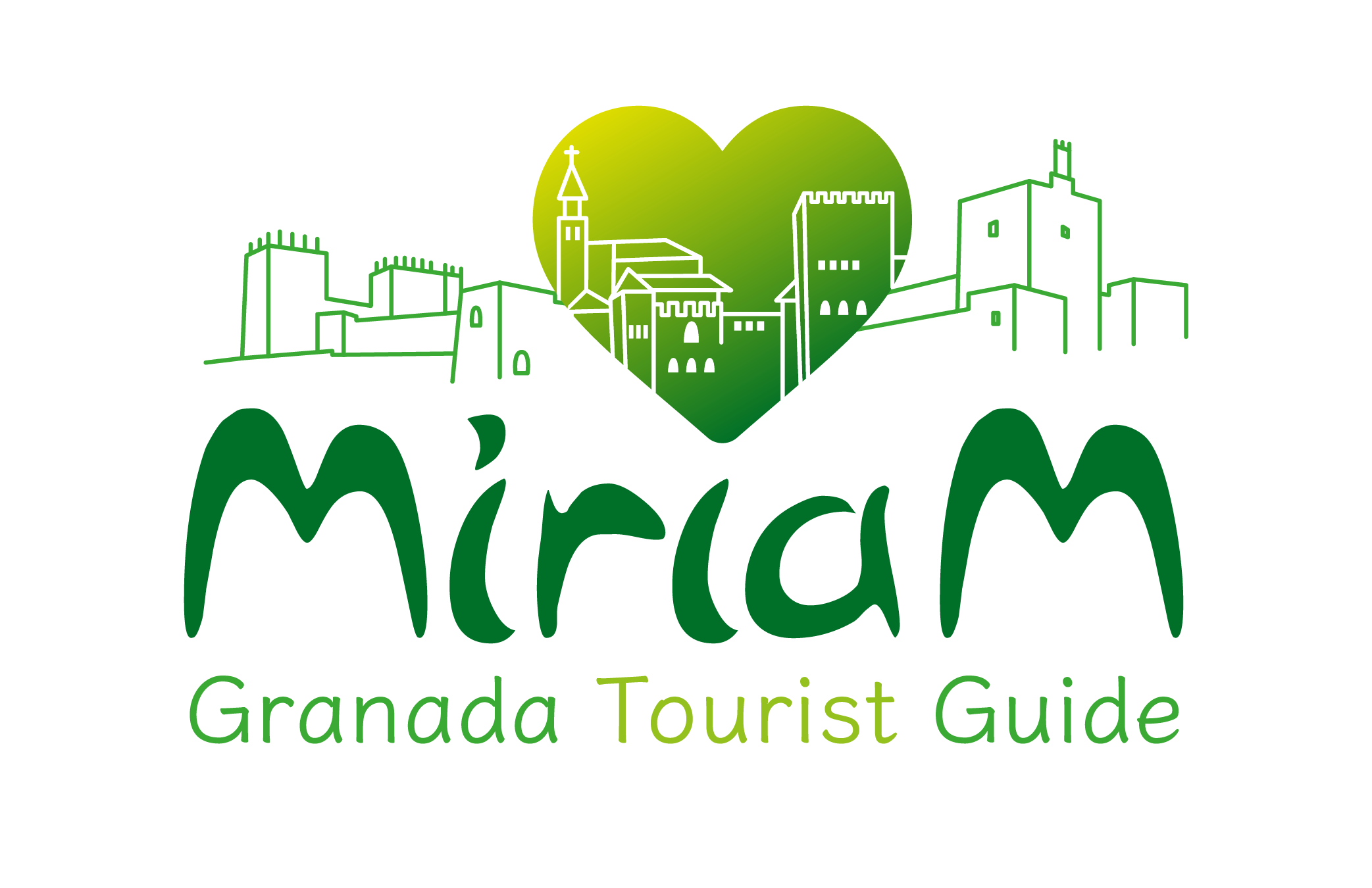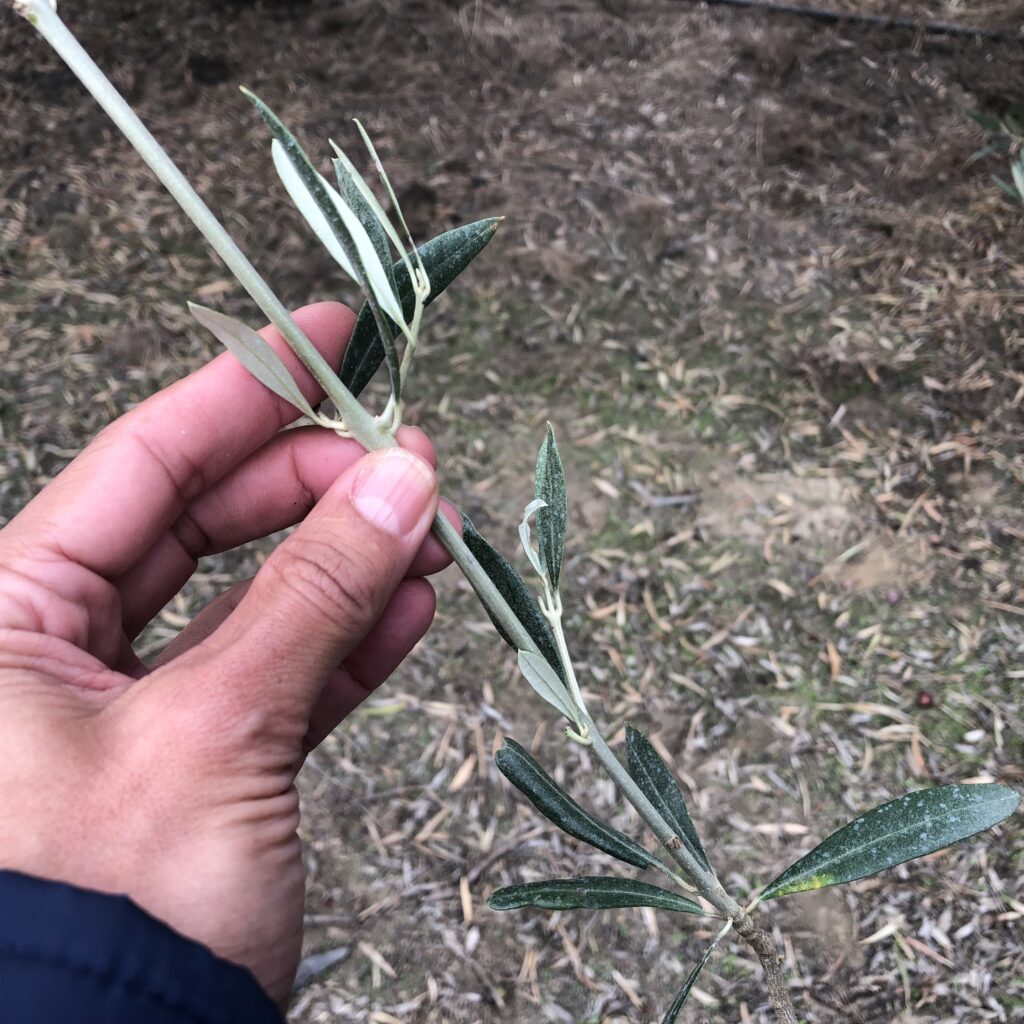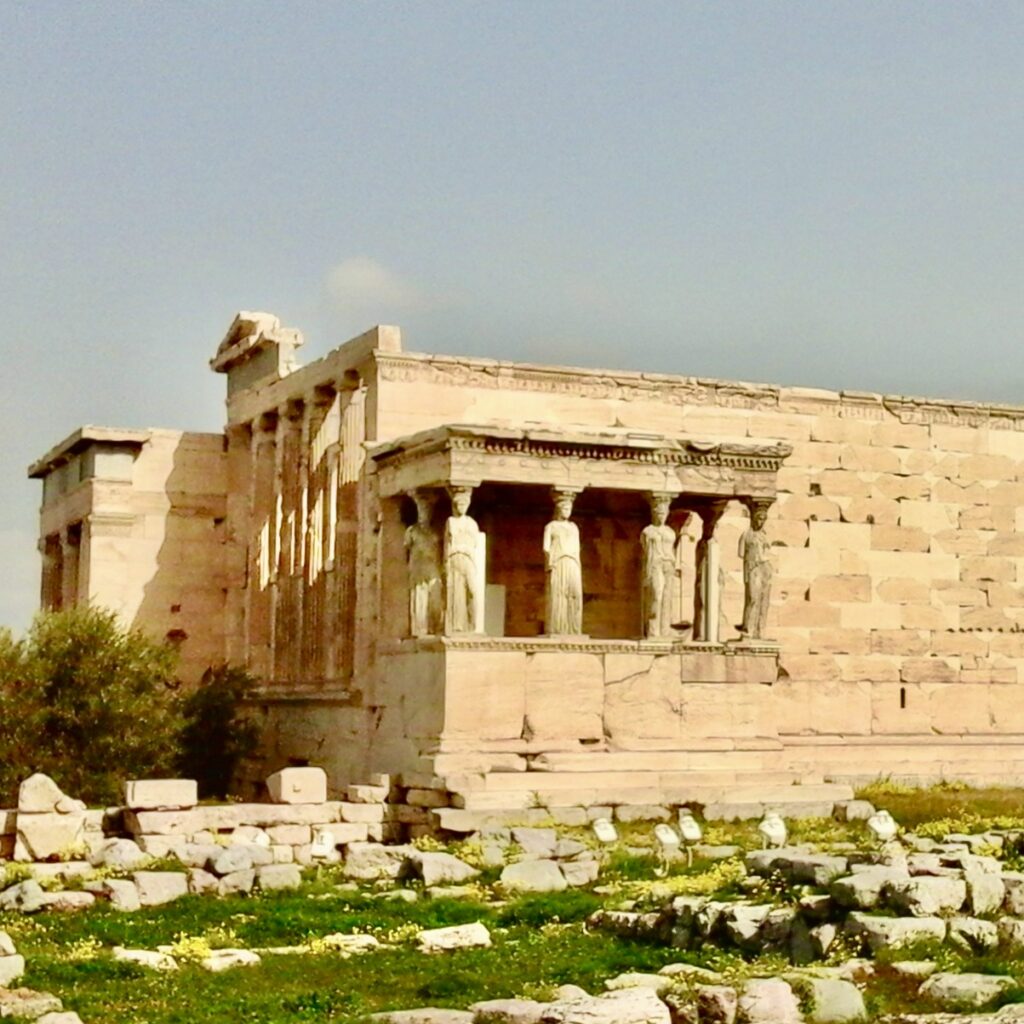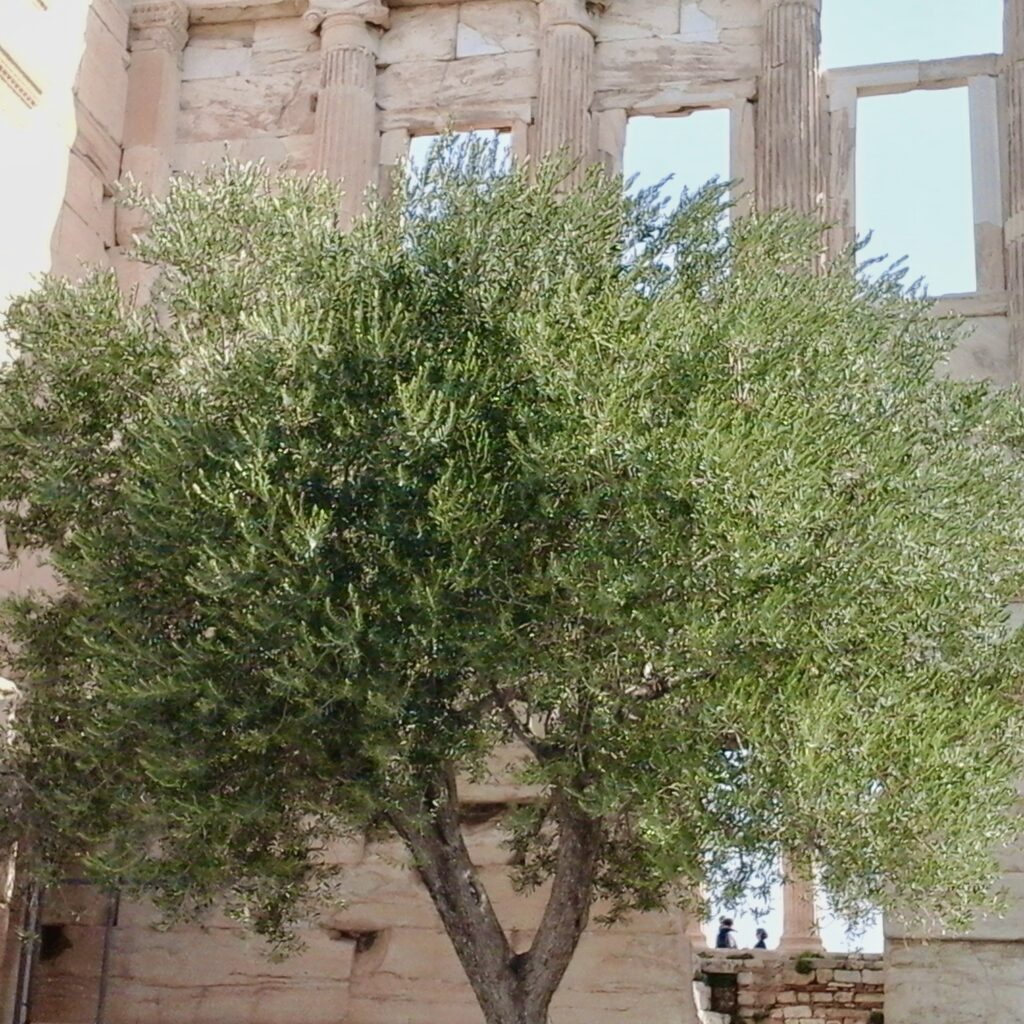Olive oil is the oldest edible oil and nowadays we associate it with Mediterranean cuisine.
However, for centuries, the legendary olive tree, and its juice, were considered meaningful symbols and maintained a close relationship between profanity and divinity.
The Olive tree in Greek mythology
Greeks revered it as a mystic tree that, according to their mythology, arose as a result of a competition between Athena, the goddess of wisdom, and Poseidon, the god of the seas.
They competed to offer the most valuable gift to mankind and the winner would become the protector of the new city of Attica.
Poseidon offered a brave war horse and Athena an olive tree.
The olive tree, whose fruit nourished and its oil could be used as food, medicine and fuel, was considered by the citizens to be the most useful gift.
Therefore the city was named after Athena goddess, Athens.
If you have the opportunity to visit the Acropolis you will find the mythic Olive tree standing in front of the Erechtheion temple.
It is also believed that the Greek gods were born under its branches.
According to legend, Hercules, the Olympic games founder, planted a sacred olive tree, named “Elaia Kallistephanos”, that means: the one that makes beautiful crowns.
Athletes anointed themselves with its oil before the Olympic games and winners received a wreath of olive branches from this special olive tree.
During the Games, hostilities ceased and athletes from all over Greece participated in the competition.
The Olympic Games not only promoted the athletic spirit but also all the beautiful, great and truly meaningful things that peace brings.
The olive branch became a symbol of rapprochement of people and ideas and still nowadays conveys a universal message of Peace.
The Olive tree in the Bible
“And the dove came back to him in the evening, and behold, in her mouth was a freshly plucked olive leaf. So Noah knew that the waters had subsided from the earth” Genesis 8:11
In the Bible Olive oil is placed besides water, wine and bread, as one of the most meaningful symbols for Christianity.
When Jesus got to Jerusalem, he was received with olive branches, as they were considered symbols of victory.
This tradition is still commemorated during Palm Sundays, just before Easter, when Christians celebrate the triumphal entry of Jesus into Jerusalem.
Near the old city of Jerusalem, at the base of the Mount of Olives, you can find the garden of Gethsemane, oil press in Aramic, where Jesus prayed just before he was betrayed and arrested.
In the Mount of Olives, still nowadays you can find the oldest olive trees in the world.





